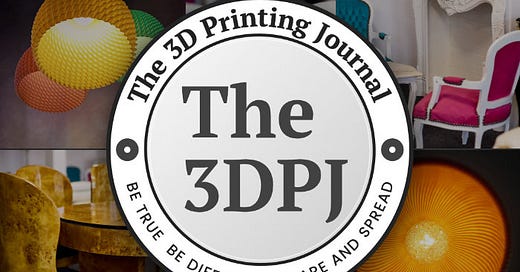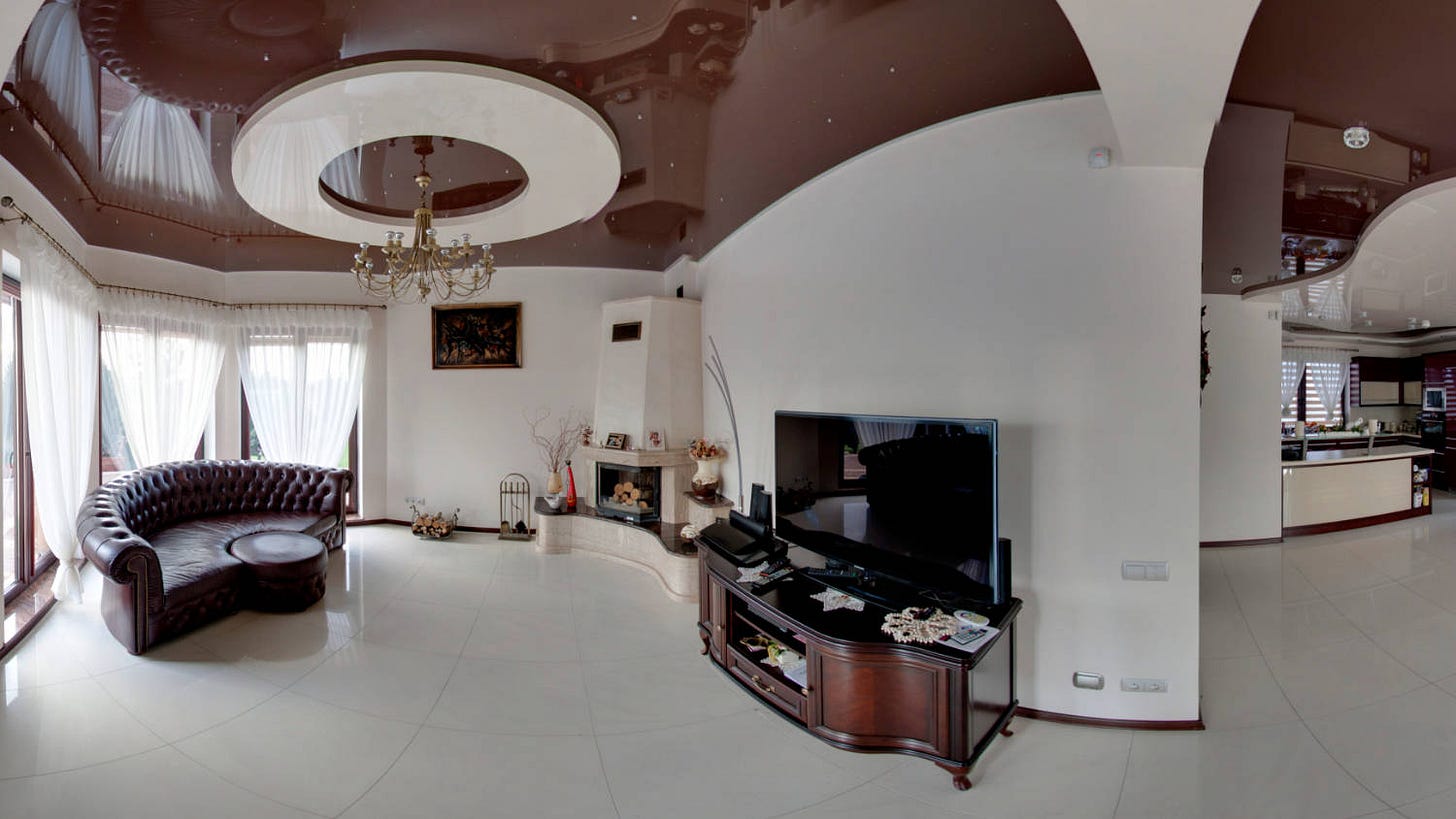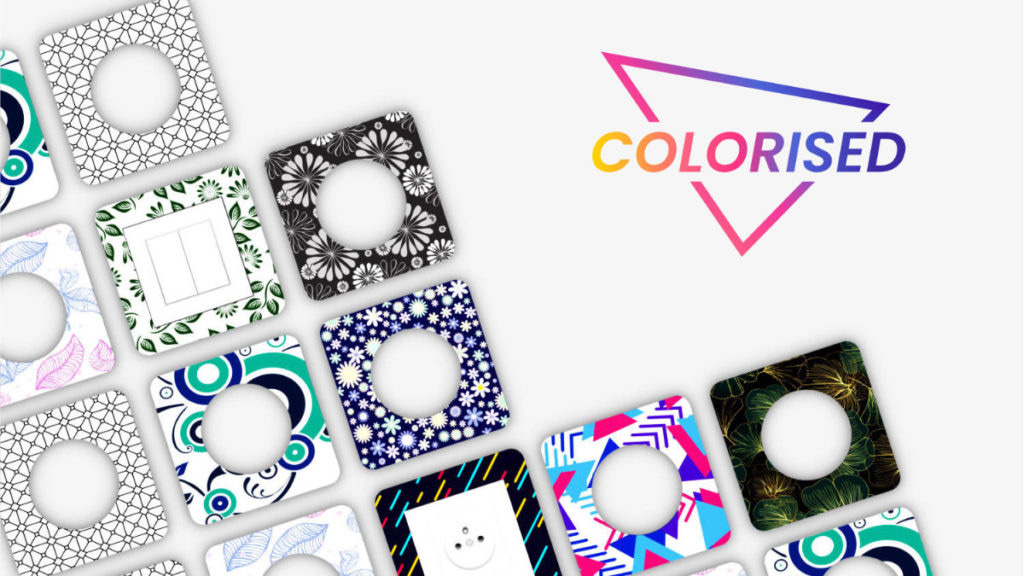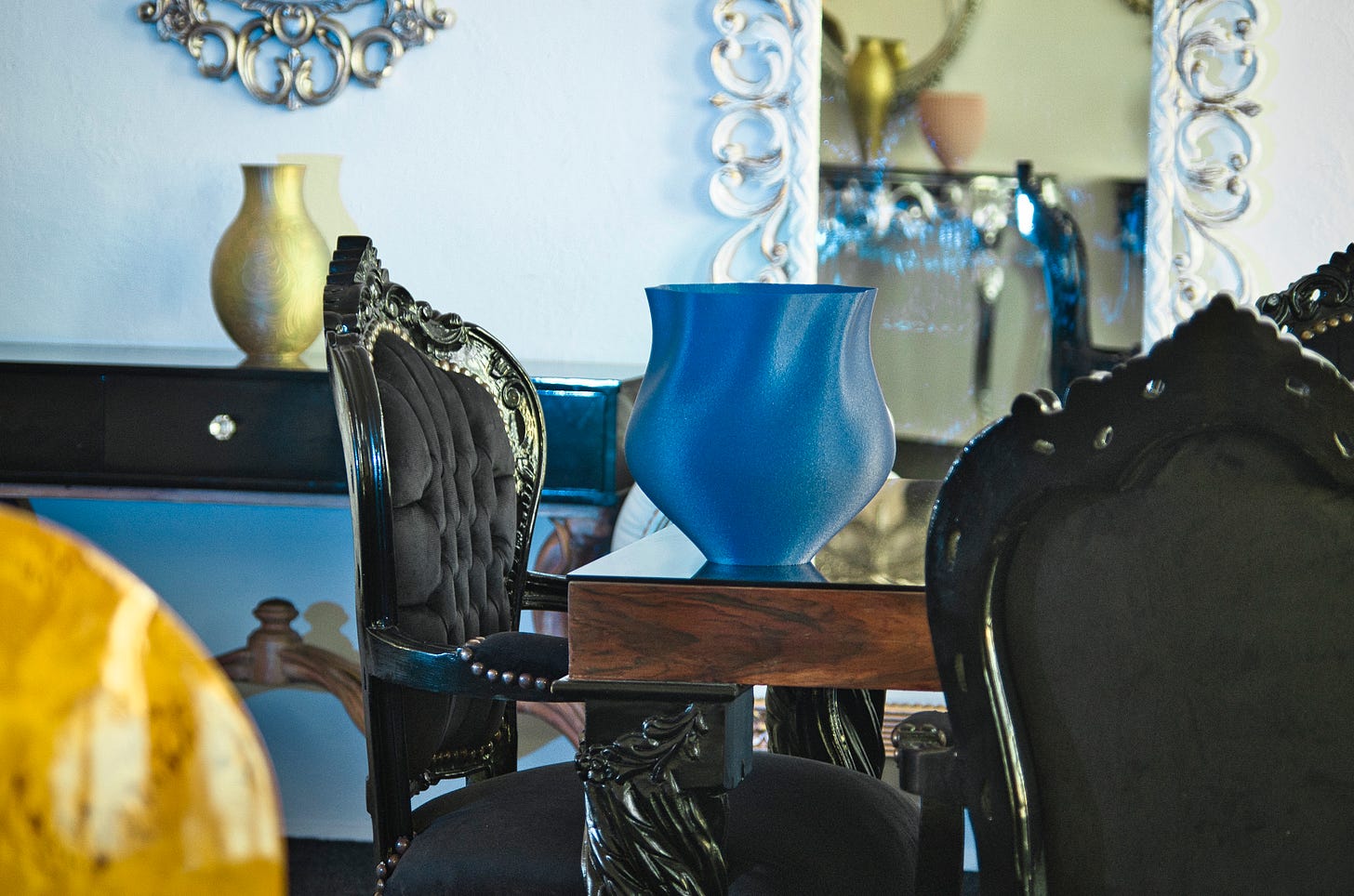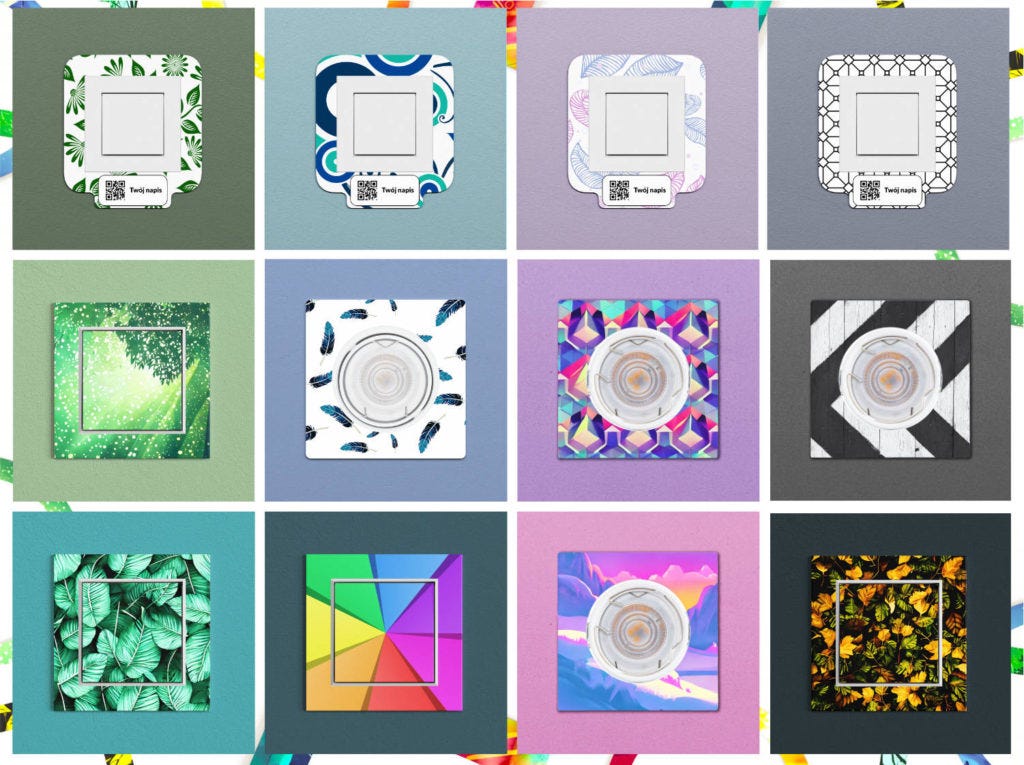Atomic Layer of the Day:
Today is the last day of 2024. Yesterday, I posted a summary of The 3D Printing Journal newsletter, showcasing the top 10 most-read articles. Today, I’d like to share another recap—this time, a more personal one. Let me briefly take you through the rollercoaster that this year has been for me and explain how we got to this point.
Me, the author of this newsletter, and you, its beloved, wonderful subscribers.
Although 2024 has been an extreme year, I’m not planning to share any sad or depressing stories. There might be time for that in the future.
Instead, today, I want to tell you how it came to be that on December 31, 2024, I’m writing to you as a globally recognized AM writer, the creator of groundbreaking publications for the industry, and the (un)official historian of 3D printing—while on January 1 of this same year, I was selling stretch ceilings, producing eco-friendly lampshades, and waiting for a large shipment of exclusive Art Nouveau furniture.
A brief intro
For those who don’t know me that well (and haven’t checked the About section), here’s a little background:
Since 2004, I’ve been involved in sales and marketing, primarily in sectors closely tied to IT.
In 2013, I founded Centrum Druku 3D (3D Printing Center), which is now the largest AM-focused portal in Poland, the third longest-running in Europe, and 5th–6th longest-running globally.
From 2013 to 2018, I played a key role in developing the 3D printing industry in Poland. Most of the Polish companies you know took their first steps through my portal, and I helped many of them expand internationally.
Along the way, I carried out various projects: organizing conferences and AM trade fairs, creating the world’s first industry awards, developing Poland’s first commercial bioprinter, inventing the first biodegradable 3D printing filament made from wheat bran, and much more.
Over more than a decade, I got to know the AM industry inside and out.
While I initially had great expectations for it, over time, I became deeply disillusioned—so much so that I decided I had to leave it behind.
I no longer wanted anything to do with it.
Stretch Ceilings and the Interior Design Industry
On January 3, 2023, an old friend of mine, whom I’d known for 20 years, paid me a visit. During conversation, the idea came up to produce 3D-printed applications for the interior design industry—specifically for stretch ceilings, which my friend had been specializing in for the past 7 years.
One thing led to another, and after several discussions, we began talking seriously about producing and selling stretch ceilings. My friend was the sales director at the largest stretch ceiling manufacturer in Poland.
If you’re wondering what stretch ceilings are: they’re foil or fabric that is suspended (and stretched) from the ceiling to replace drywall or ceiling tiles. They’re inexpensive, quick to install, beautifully backlit, and available in various colors.
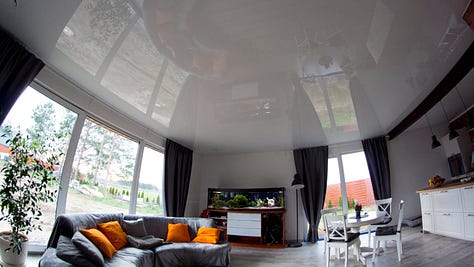
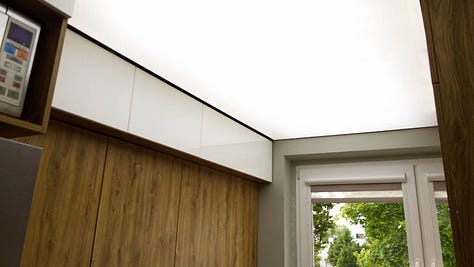
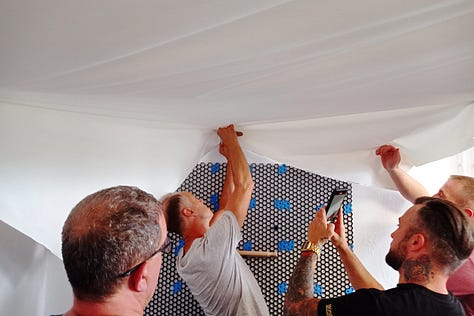
At the time, my friend’s company was experiencing significant financial difficulties. According to him, the problems were entirely the CEO’s fault. My friend convinced me that all we needed to do was take over the struggling business and run it properly.
He prepared Excel spreadsheets, outlined a development strategy, and introduced me to key future clients.
It all looked very promising! Besides, I trusted him completely—we had a 20-year friendship, after all.
My friend joined our team, becoming vice president and a minority shareholder. And thus, COLORISED was born.
I began selling off Centrum Druku 3D and officially exiting the AM industry. My 11-year journey with 3D printing was coming to an inevitable end.
Goodbye, AM—hello, interior finishing!
A Total, Utter Disaster
After the first few months, it became clear that the stretch ceiling market and industry were about 1,000 times worse and more corrupt than the AM industry. Dominated by rough construction workers and installers, it was undergoing a wild invasion of companies and contractors from the East—both war-torn Ukraine and Belarus.
Nothing made sense. Price wars and selling products at 30–50% below production costs were the norm. Arguing over 50 euro cents on a €10 order. Sales without invoices, taxes, or customs duties. Smuggling goods from Russia.
Sanctions? What sanctions!
Goods from Russia were entering Poland via Ukraine! The fact that the two countries were at war and killing each other didn’t stop business from being conducted simultaneously.
All the cost and revenue simulations prepared by my colleague had no connection to reality. The entire business plan was garbage. Clients who were supposed to spend tens of thousands of euros per month with us were placing orders worth only a few hundred euros.
Throughout this time, two thoughts ran through my mind:
At first, I believed my colleague was telling the truth but that we were simply unlucky. Things seemed different in January, and now they looked worse. We just had to push through it.
Later, I began to think my colleague was slacking. He wasn’t working as hard as he should or taking it seriously enough.
But the truth was something else entirely. I only fully understood it after we parted ways at the end of 2023.
Yes, the industry was tough and corrupt. It turned out to be much poorer and more challenging than AM.
But the real problem from the start was my colleague—or rather, his issues. His "problems with things." It’s a difficult and sad story, and I promised not to write about sad things. Let’s just say we had to part ways because we couldn’t continue to develop a “make-believe business” that never had any connection to reality.
He never lied to me. He told me the truth the entire time. He just didn’t realize he was lying to himself.
Rescue Projects
In the second half of 2023, as I began to realize that stretch ceilings weren’t exactly a successful business, I started searching for support projects—something that could help us increase revenue.
I came up with the following ideas:
Protective frames for light switches and electrical outlets, 3D printed with UV-applied graphics.
Eco-lampshades made from biodegradable and compostable materials.
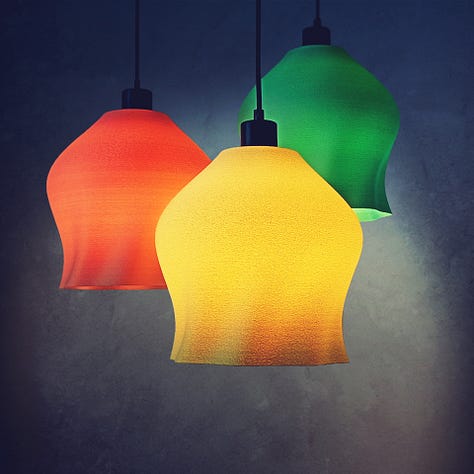
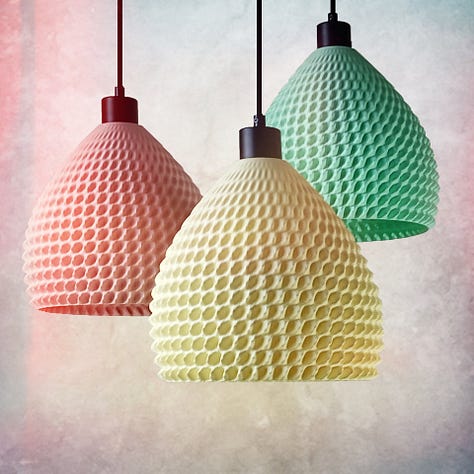
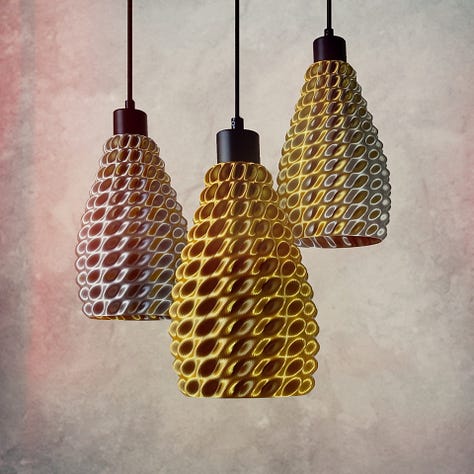

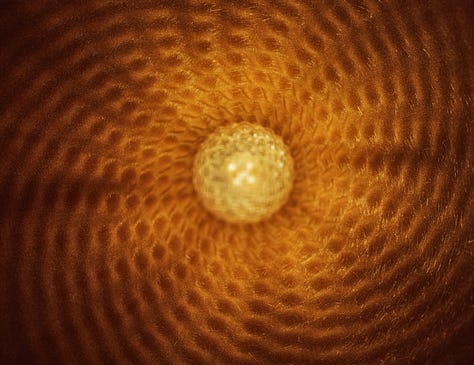
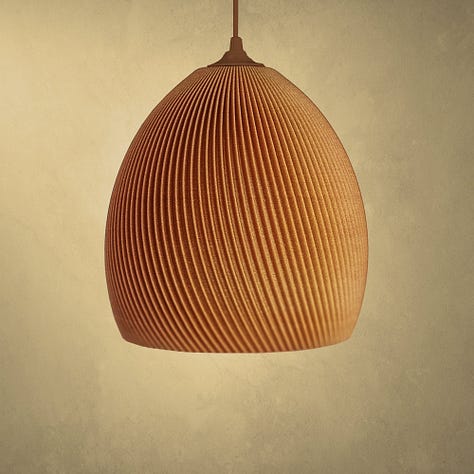
Finally, exclusive Art Nouveau-style furniture, which appeared in January 2024.
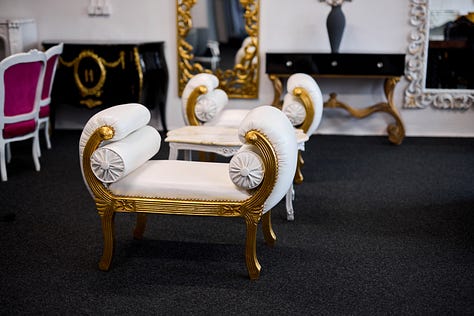
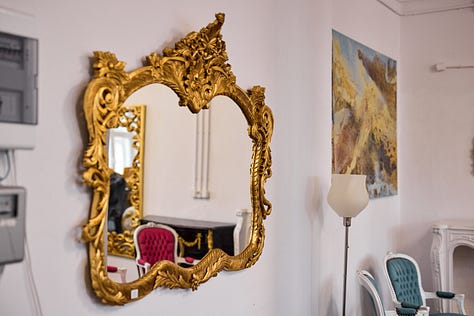
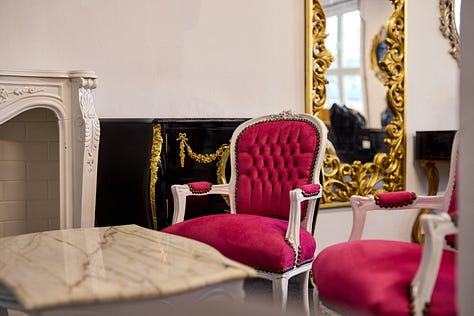
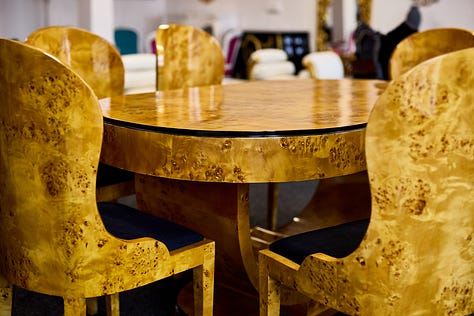
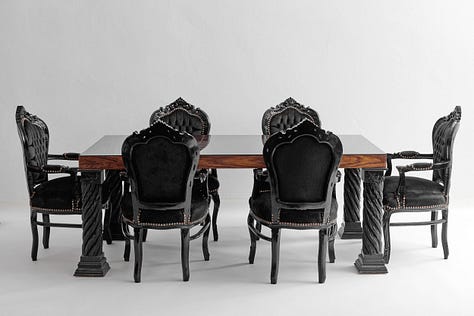
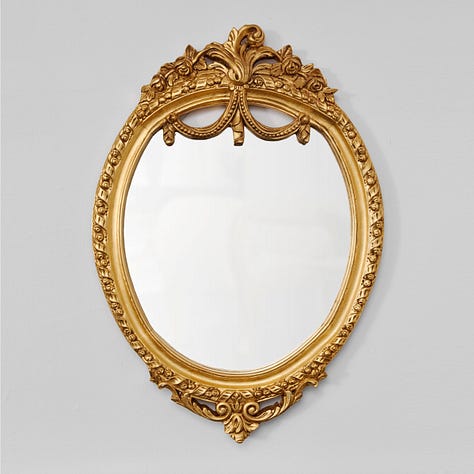
Each project gained media attention and was met with great acclaim. We showcased them at conferences. Our eco-lampshades were even featured at Grupa Azoty's booth during Formnext 2023. We launched an Etsy store. We were active on LinkedIn, Instagram, Facebook, and Pinterest.
And nothing. Hardly anyone bought anything.
It felt like hitting a wall every time. People would come to us, marvel at everything, but buy nothing. Perhaps the worst moment came when good friends of ours, who were finishing building their house, took about 10 lampshades to test. They returned all of them—they didn’t even want them for free.
By April 2024, our funds were running out... Centrum Druku 3D had already been sold. The stretch ceiling project consumed 80% of our resources, and the rest was eaten up by the lampshades, frames, and furniture.
A return to AM
In May, I was so overwhelmed by repeated failures that I felt the need to do something that, for a change, would bring me some recognition. I decided to return to writing about AM, something I had always done exceptionally well.
On May 12, I published my first post in months about the AM industry. It was about Zortrax’s restructuring, which was picked up by most AM industry portals. But after 11 years at Centrum Druku 3D, the last thing I wanted was to go back to writing daily news like everyone else.
That’s when the idea for the "On this day in 3D printing..." series came.
To be honest, it wasn’t a deeply calculated decision. It happened in a split second. The idea popped into my head, and I immediately started implementing it. I sat down at my computer, created a simple Excel sheet, and began filling it with historical news.
The fact that I had written about these events almost daily for 11 years helped immensely. Most of the historical events I covered were ones I wrote about as they happened, and I still remembered them.
The first historical post was published on May 13, 2024, and by complete coincidence, it was about my former portal, Centrum Druku 3D.
It received great interest and recognition—the complete opposite of what I experienced with ceilings, lampshades, or furniture. Nobody wanted those, but everyone wanted my stories about 3D printing!
In May, I published my first article on 3DPrint.com. The next followed…
By the end of June 2024, we got rid of everything—the remaining ceilings and accessories for their production, lampshades (the last pieces were "sold" in December for 1 cent on the dollar), and the furniture was given away (it’s complicated, but we didn’t lose much on it). We left our city-center headquarters (250 square meters) and packed all our 3D equipment into our garage (fortunately, we have a large garage).
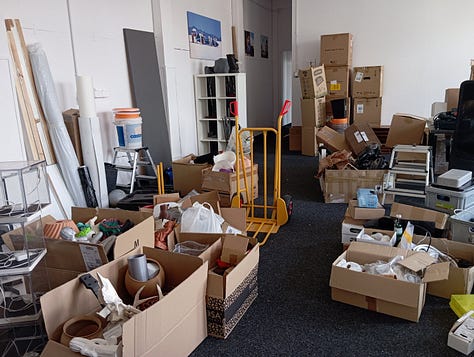
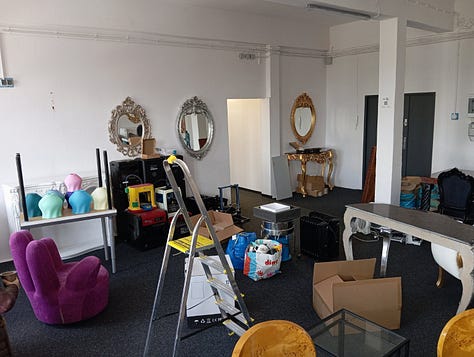
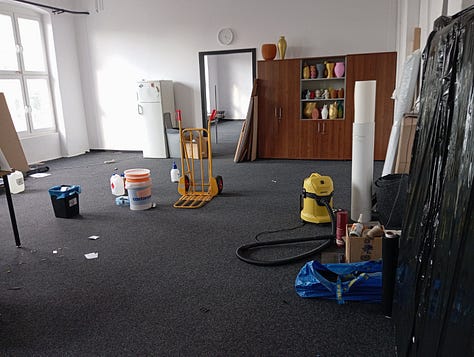
That was the definitive end of the adventure with the interior design industry.
In July 2024, I launched Medium and Substack. Midway through the month, I bought the domain 3dprintingjournal.com. It was a complete coincidence—I still can’t believe it was available!
I kept publishing articles, gaining increasing recognition and expanding my reach. At the end of August, “The Three Market Laws of AM” appeared.
I started working with
and VoxelMatters. I launched AM Writer and began taking on my first commercial projects for companies. Eventually, I refreshed COLORISED. I got rid of all those ceilings, lamps, and furniture and returned to the AM aesthetic. I also updated the logo.Then came Formnext 2024, where suddenly, it turned out that everyone knew me, wanted to talk, and take a photo.
Somewhere along the way, I realized that I had come to terms with the AM industry. I never had an issue with the 3D printing technology itself—it was the companies that always disappointed me. But after the experiences of 2023 and the first half of 2024 in the utterly degenerate and corrupt stretch ceiling industry, I concluded that I preferred AM.
Here, I see a chance for improvement. I’m trying to do something about it. It’s not easy, but the industry from which I was briefly self-exiled is far worse and impossible to fix.
So, my dear friends… That’s how it was, in short.
“Short” because I didn’t mention the 3D printing of drones, educational projects, photo projects, or biodegradable urns. What I’ve described is truly just a brief summary...
If you’ve made it this far, thank you for being here. I’m genuinely grateful.
Atomic Layer from the Past:
12-31-2021: Ultimaker phased out the U3 series.
News & Gossip:
No news for today. Happy New Year Celebration!


